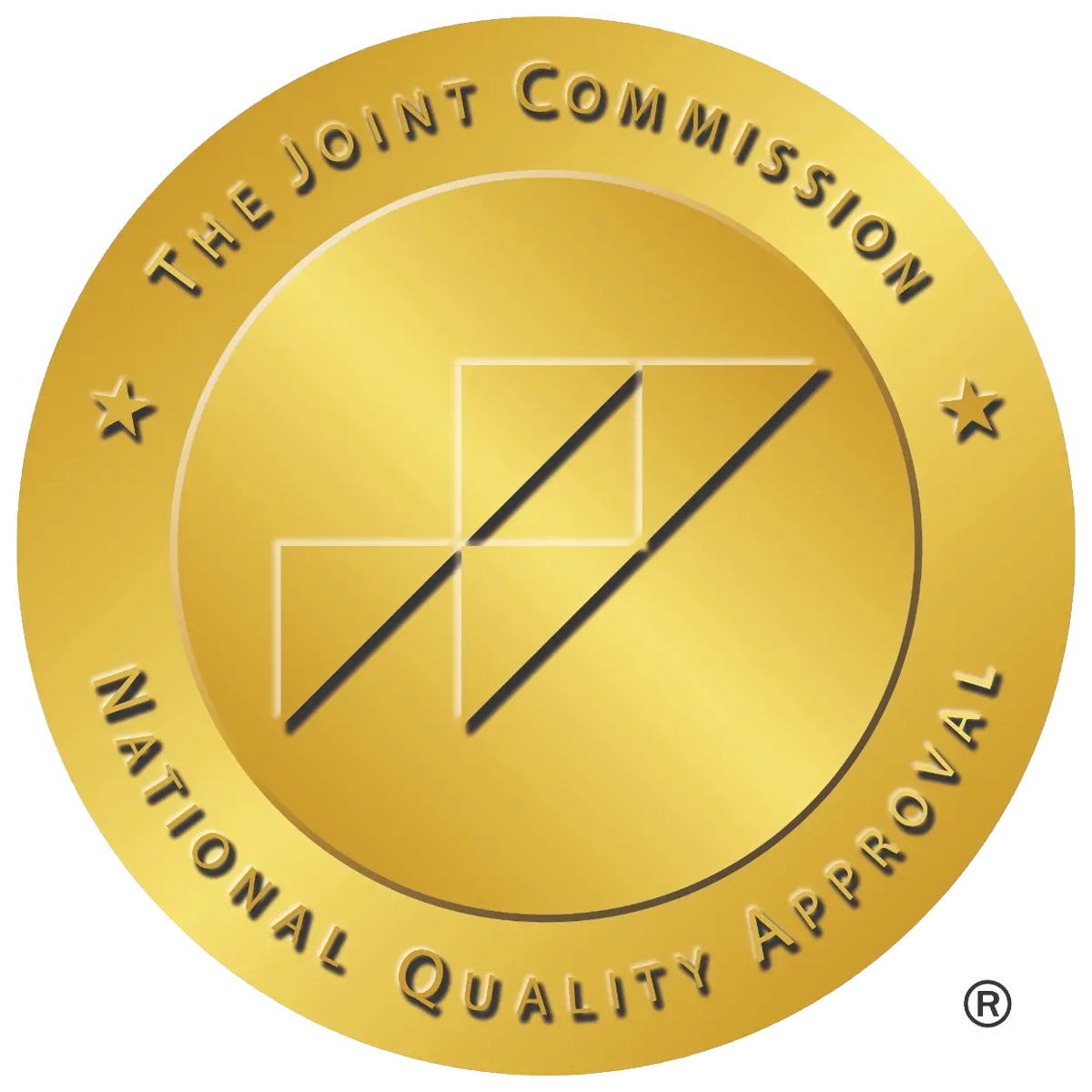Soma Addiction: Withdrawal, Detox, and Treatment Help
GET HELP TODAY!
100% Confidentiality Guaranteed


Drug Information
Brand / names: Carisoprodol, Vanadom and Rela
Drug class: Muscle Relaxer
Onset / duration: ~30 minutes / 4–6 hours
U.S. legal status: Schedule IV controlled substance (risk of misuse/dependence)
Metabolism: to meprobamate (active metabolite)
About the Author
Site Admin
What Is Soma (Carisoprodol)?
Soma is a brand name for the prescription drug carisoprodol. It is a muscle relaxant used to treat pain caused by muscle injuries. Doctors often prescribe it with rest and physical therapy. Soma blocks pain sensations between the nerves and the brain. Although effective for pain, it can also cause sedation, relaxation, and mild euphoria. These effects make it a drug that some people misuse.
Soma is typically prescribed in 350 mg white, round tablets taken up to three times daily. Some versions combine carisoprodol with aspirin or codeine. These combinations may increase the risk of dependence.










What Do Soma Pills Look Like?
Soma tablets are most often white, round tablets with these common imprints:
- SOMA 250 — 250 mg, white, round
- SOMA 350 — 350 mg, white, round
- 37 WALLACE 2001 SOMA — 350 mg, white, round
- SOMA C WALLACE 2103 — Soma Compound (carisoprodol + aspirin), orange/white, round
- SOMA CC WALLACE 2403 — Soma Compound with Codeine, yellow/white, oval
If you need to verify a tablet, always rely on imprint + color + shape and consult a pharmacist or a pill identifier.
Is Soma Addictive?
Yes, Soma can be addictive. The risk of addiction increases if a person uses it for longer than recommended or takes more than prescribed. Some people misuse Soma by taking it illegally or combining it with other drugs and alcohol. This behavior increases the risk of overdose and health problems.
Carisoprodol is classified as a Schedule IV controlled substance. This means it has a recognized risk of abuse. The national institute on drug abuse warns about the growing misuse of medications like Soma.
Slang for Soma
Street names for Soma include:
- Soma Coma
- DS
- The Holy Trinity (Soma, Xanax, hydrocodone)
- Las Vegas Cocktail (Soma, oxycodone, Xanax)
- Dance
Dosage & How It’s Taken (Information Only)
- Typical adult dose: 250–350 mg by mouth 3× daily and at bedtime
- Duration: no longer than 2–3 weeks unless your prescriber advises otherwise
- Missed dose: take when remembered unless it’s close to the next scheduled dose (never double up)
- Overdose: call emergency services or Poison Help (1‑800‑222‑1222) immediately
These are label‑based facts; always follow your clinician’s instructions.
How Common Is Soma Addiction?
Soma addiction appears to be rising, with misuse of prescription sedatives, muscle relaxants, and tranquilizers becoming more common. According to U.S. survey data, about 5.9 million Americans aged 12+ misused sedatives in the past year, and approximately 3.7 million misused benzodiazepines specifically in 2022. Though not all sedative misuse involves Soma, these trends suggest that doctor-shopping, prescription forgery, and misuse of medications like Soma are serious and growing concerns. If you or someone you know is misusing this medication, help is available.
Side Effects of Soma Abuse
Short-Term Side Effects
- Nausea
- Vomiting
- Dizziness
- Rapid heartbeat
- Double vision
- Insomnia
- Low blood pressure
- Seizures
- Difficulty breathing
- Agitation
Long-Term Side Effects
Long-term abuse can lead to:
- Tolerance
- Physical dependence
- Coma
- Respiratory issues
- Death
The side effects of Soma abuse can vary depending on the amount taken and whether it’s used with other substances.
Warnings & Interactions
- Sedation & impaired alertness are common—use caution with driving or hazardous tasks.
- Dangerous combinations: Avoid taking Soma with opioids, benzodiazepines, alcohol, or other CNS depressants due to risks of severe sedation and respiratory depression. The opioid‑benzo‑carisoprodol mix is colloquially known as the “Holy Trinity” and is associated with increased harm.
Do not use if you have porphyria; use caution with liver/kidney disease; not approved for <16 years.
Signs of Soma Addiction
You might suspect someone is struggling with Soma addiction if they:
- Ask for Soma by name
- “Lose” prescriptions often
- Visit many doctors for new prescriptions
- Take more than prescribed
- Continue use after pain symptoms are gone
Soma addiction often starts with a legitimate prescription but can quickly spiral out of control.
Soma Withdrawal Symptoms
When someone is physically dependent on Soma and stops using it, they may experience:
- Anxiety
- Muscle twitching
- Insomnia
- Tremors
- Vomiting
- Hallucinations
- Delusions
- Loss of motor control
These soma withdrawal symptoms can range from uncomfortable to life threatening.
Detoxing from Soma
Detoxing from Soma is safest when done under medical supervision. Detox centers offer 24-hour care, medical assistance, and medication to manage symptoms. Trying to quit alone can increase the risk of complications or relapse.
Withdrawal can begin within 12–24 hours of the last dose and may include anxiety, insomnia, tremors, nausea, vomiting, hallucinations, or (rarely) seizures. Do not stop abruptly; a clinician‑directed taper or medical detox is safest—especially if you’ve used Soma long‑term or with other depressants.
In a medically supervised program, staff create personalized treatment plans based on the individual’s needs and medical conditions. These plans aim to reduce symptoms while addressing the emotional side effects of withdrawal.
How Long Does Soma Stay in Your System?
Carisoprodol acts quickly and is relatively short‑acting; its metabolite meprobamate persists longer. Detection windows vary by dose, frequency, metabolism, and test type; some sources note detection beyond 24 hours in blood and several days in urine, with hair tests detecting longer‑term exposure. Use ranges cautiously—testing policies differ.
More Time. More Joy. More You. Start Now.
WE ACCEPT MOST INSURANCES







Withdrawal Timeline
The withdrawal timeline can vary depending on how long and how much Soma was used. Other substances, like alcohol or opioids, can make symptoms worse.
- 12–48 Hours After Last Dose: Symptoms like nausea, insomnia, and tremors appear.
- 48 Hours and Beyond: Symptoms may worsen or improve based on health, dose, and support.
Each person’s experience is unique, and mental health professionals should closely monitor progress.
Payment Options for Treatment
Many addiction treatment providers offer flexible payment solutions such as:
- Health insurance
- HSA funds
- Employee Assistance Programs (EAP)
- Personal financing or loans
- Credit card payments
- Crowdfunding
Programs offer support to help you understand your insurance benefits and payment plans.
Co-Occurring Conditions and Mental Health
Many people who misuse Soma also struggle with mental health conditions like depression, anxiety, or post traumatic stress disorder. An effective addiction treatment plan must address both addiction and mental health issues.
Mental health treatments may involve:
- Therapy for trauma
- Medication for mood disorders
- Treatment for co-occurring diagnoses
- Support from trained professionals
Mental health professionals play a key role in ensuring the best outcomes.
Why Early Treatment Matters
Delaying treatment can increase the risk of overdose and make recovery harder. Seeking help early improves quality of life and increases chances for long-term health. Programs offer different levels of care based on each person’s needs and situation.
Recovery is possible. With the right help, support groups, and medical care, many people have rebuilt their lives free from addiction.
If you or someone you love is struggling with Soma addiction, now is the time to seek treatment. Nova Recovery Center offers inpatient rehab, outpatient program IOP options, and sober living programs tailored to your needs. We provide a safe environment and tools for a successful recovery.
Call (512) 605-2955 to speak with a Nova representative and start your treatment and recovery today.
Treatment Options at Nova Recovery Center
If you’re ready to stop, we can help you move safely from detox into a comprehensive program tailored to you:
- Medical Detox — 24/7 care to manage withdrawal comfortably
- Residential Drug Rehab/Inpatient Alcohol Rehab — structure and daily therapeutic work
- Intensive Outpatient (IOP) & Outpatient — therapy while living at home or in sober living housing
- Relapse prevention, family support, and aftercare for long‑term recovery
Call (512) 605‑2955 for confidential help today.
Soma (Carisoprodol) Withdrawal, Addiction, and Treatment FAQs
What are the withdrawal symptoms of carisoprodol (Soma)?
Withdrawal symptoms from Soma may include anxiety, irritability, insomnia, nausea, tremors, muscle twitching, hallucinations, and, in severe cases, seizures. Because symptoms can vary in intensity, medical supervision is strongly recommended during detox.
How long do Soma withdrawal symptoms last?
Carisoprodol withdrawal typically begins within 12–24 hours of the last dose. Acute symptoms often peak within the first 2–4 days and may last up to a week. Some individuals may also experience lingering psychological effects such as cravings or mood swings for several weeks.
Does carisoprodol need to be tapered?
Yes. A gradual tapering schedule under medical supervision is often recommended to reduce the severity of withdrawal symptoms and lower the risk of complications. Stopping Soma abruptly may trigger dangerous side effects.
How long does it take for Soma to leave your system?
Carisoprodol has a relatively short half-life of about 2–3 hours, but its metabolite meprobamate may remain in the body for up to 2–4 days. Complete elimination varies depending on metabolism, frequency of use, and dosage.
What kind of narcotic is Soma?
Soma (carisoprodol) is a Schedule IV controlled muscle relaxant. Although it is not technically classified as an opioid or traditional narcotic, it can produce sedative and euphoric effects that make it habit-forming.
Is Soma more addictive than Flexeril?
While both Soma and Flexeril (cyclobenzaprine) are muscle relaxants, Soma has a higher potential for abuse and dependence due to its sedative properties and its metabolite meprobamate, which is addictive.
Is carisoprodol habit forming?
Yes. Regular use of carisoprodol can lead to tolerance, dependence, and addiction. Many individuals develop a “Soma habit” when misusing the drug for its euphoric or calming effects.
Are muscle relaxants addictive?
Certain muscle relaxants, particularly Soma, can be addictive if misused. Dependence risk increases when taken in high doses, combined with other depressants, or used without medical supervision.
What are the symptoms of taking too many muscle relaxers?
Overdose symptoms may include extreme drowsiness, confusion, slowed breathing, loss of coordination, hallucinations, low blood pressure, seizures, coma, or even death. Emergency medical attention is required.
Do muscle relaxers affect you mentally?
Yes. Misuse of muscle relaxants can cause confusion, memory problems, mood swings, and in some cases, hallucinations or delusions. Long-term misuse may worsen underlying mental health conditions.
What happens if you suddenly stop taking muscle relaxers?
Stopping muscle relaxants like Soma abruptly can trigger withdrawal symptoms such as anxiety, insomnia, sweating, tremors, and seizures. Tapering under medical guidance is the safest option.
Is Soma a narcotic?
No. It’s not an opioid, but it is controlled (Schedule IV) due to misuse risk.
Is Soma still prescribed?
Yes, for short‑term use in acute muscle conditions, typically 2–3 weeks.
Can I drive on Soma?
Use caution—Soma can impair alertness; ask your prescriber.
Other Outpatient Drug and Alcohol Rehab Locations
Freedom Starts Here. Take Back Your Life Today.
Same-Day Admissions in Austin Available.
Medical Disclaimer
he information on this page is intended for educational purposes only and should not be considered a substitute for professional medical advice, diagnosis, or treatment. Soma (carisoprodol) and all other prescription medications should only be used under the guidance of a licensed healthcare provider. Do not begin, adjust, or discontinue any medication without first consulting your doctor. If you experience severe side effects, withdrawal symptoms, or thoughts of self-harm, call 911 in the United States or seek emergency medical care immediately. For mental health support, you can dial 988 to connect with the Suicide & Crisis Lifeline, available 24/7.
Nova Recovery Center Editorial Guidelines
By instituting a policy, we create a standardized approach to how we create, verify, and distribute all content and resources we produce. An editorial policy helps us ensure that any material our writing and clinical team create, both online and in print, meets or exceeds our standards of integrity and accuracy. Our goal is to demonstrate our commitment to education and patient support by creating valuable resources within our realm of expertise, verifying them for accuracy, and providing relevant, respectful, and insightful data to our clients and families.
- “Carisoprodol (Soma).” Drugs.com, 2025, www.drugs.com/soma.html.
- “Carisoprodol (Soma).” GoodRx, 2025, www.goodrx.com/soma/what-is.
- “Carisoprodol (Oral Route).” Mayo Clinic, 2025, www.mayoclinic.org/drugs-supplements/carisoprodol-oral-route/description/drg-20071941.
- “Carisoprodol.” MedlinePlus, U.S. National Library of Medicine, 2025, medlineplus.gov/druginfo/meds/a682578.html.
- “Drug Scheduling.” DEA Diversion Control Division, U.S. Department of Justice, 2025, www.deadiversion.usdoj.gov/schedules.
- “Carisoprodol Pill Images.” Drugs.com Pill Identifier, 2025, www.drugs.com/imprints.php?drugname=soma.
- “FDA Drug Safety Communications: Combined Use of Opioids, Benzodiazepines, and Carisoprodol.” U.S. Food and Drug Administration, 2025, www.fda.gov/drugs/drug-safety-and-availability.
- Tarantino, Joseph. “The ‘Holy Trinity’ Combination of Opioids, Benzodiazepines, and Carisoprodol.” Pharmacy Times, 2025, www.pharmacytimes.com/view/the-holy-trinity-combination.

